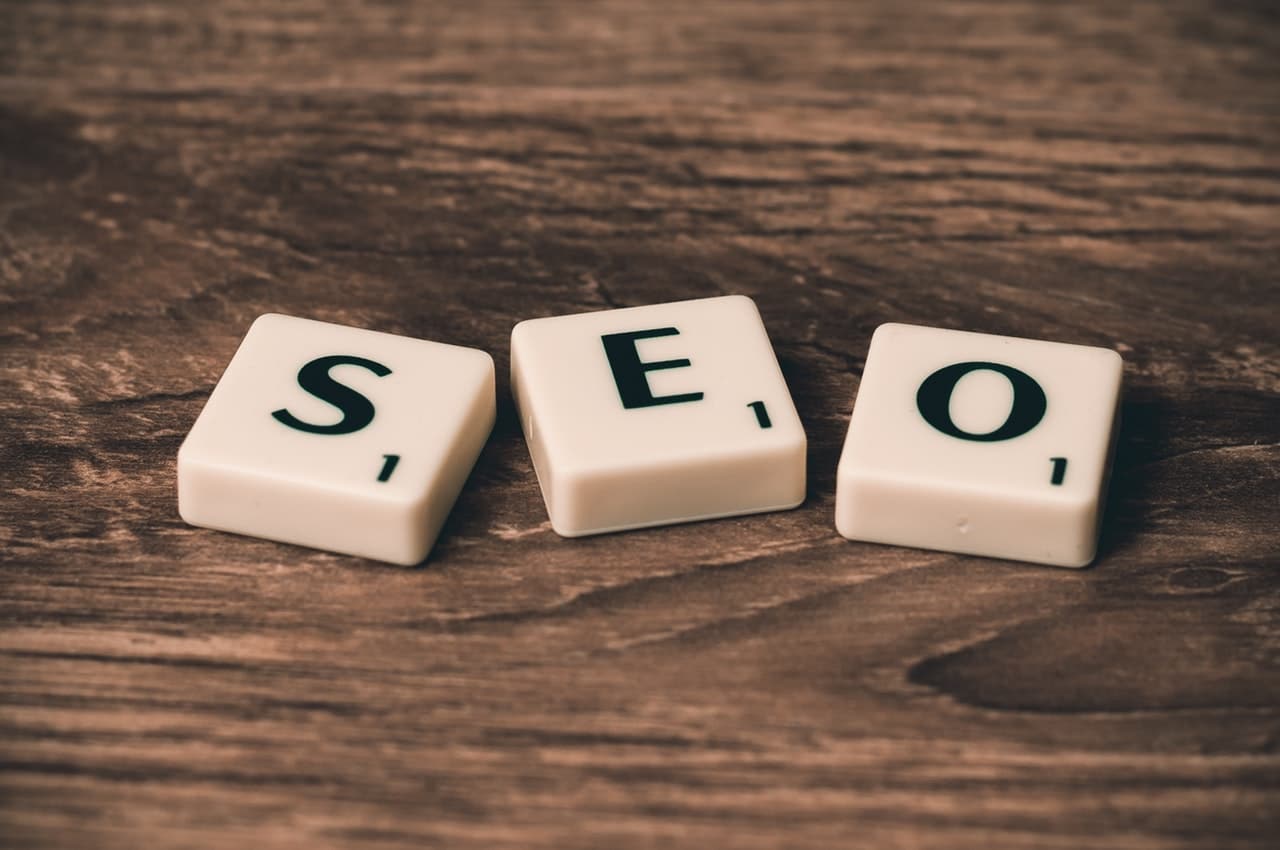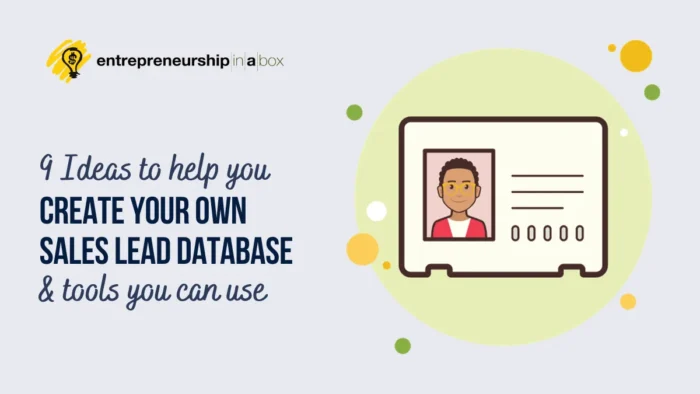You pour energy, time, and resources into developing your business, fleshing out product and service ideas, designing your website, and running the advertisements. Granted, you probably weren’t expecting marketplace domination right out of the box, but at least your expected something to happen, right? But, what about the lead generation process.
A week passes, you go through the technicalities of it all, double-check every single aspect… Yet another week passes and your website isn’t generating leads. And there’s no point in waiting, actually. If you haven’t generated a single lead in a month, then giving it another one can only result in two months of leads not being generated.
Things need to change fast, but first, we need to identify the causes and go through them systematically. Or in other words, place yourself into the shoes of your customers and go through every step of the buyer’s journey in order to figure out what went wrong and where.
Traffic and lead generation
Organic traffic refers to one of the two ways you can generate traffic: free (organic) and paid traffic. Organic strategies do not necessarily produce immediate results. In fact, they are most optimal when deployed long term.
Paid strategies offer different metrics and produce results that are more immediate, but also highly precise and measurable. The best way and some would argue the only way, to drive real traffic is to use free and paid strategies not as separate entities, but rather as a part of a larger, overarching marketing strategy.
Organic ways to generate traffic include:
- content creation and content promotion
- email automation
- link building and search engine optimization
Paid traffic is generated by running advertisements on digital channels such as Google, Facebook, and LinkedIn ads or traditional channels, like advertising on the radio and using print media. We’ve covered traffic generation, but what about lead generation?
Lead generation describes the process of getting potential customers warmed up to your brand enough to consider investing their time and resources. It starts when a visitor reaches your business via a marketing channel you use and click on your CTA or call-to-action.
The CTA leads them to the landing page where they are prompted to fill out your form as a part of agreeing to an offer that usually includes a monthly subscription, discounted prices, and special promotions, or early access to products and services. Now that we’ve got traffic and lead generation out of the way, let’s go over the reasons why you may be experiencing difficulties generating them in the first place.
Technical issues as obstacle for lead generation

You can have the most elaborate, foolproof marketing strategy in place, but all it takes is a single broken “Submit” or “Buy” button to throw a monkey wrench into the whole situation. Double-check every single element on your website and see if it’s working properly. Subscription notification emails tend to get stuck in the spam filter, so make sure to add an exception.
✋ Warning
Ready to master lead generation? 🎯 Check out our beginner’s comprehensive guide and unlock the secrets to success! 📈
Your visitors are all using different devices, screen sizes, and browsers. The “Buy” button might be fully visible on the desktop but may end up being pushed out of the screen on mobile devices. While we’re on the subject of mobile, I go the time of building a website for desktop first and then slowly catching up on mobile. The majority of internet users browse using a mobile device, so focus on them first.
Lastly, the chances of all your different payment gateways working perfectly on all the browsers are next to impossible, so test out every payment option thoroughly.
SEO-related issues

Having a website is simply not enough. You need to use it as well, by creating and promoting engaging, relevant content on a regular basis. The content you create needs to contain search-specific keywords that target the audience most likely to become interested in your business and complete a purchase.
Without keywords and relevant links from other websites, Google may deem your website untrustworthy and you may lose domain authority. This could impact your search volume and result in fewer visitors and fewer leads.
This is exactly the reason why mobile app development companies often feature a team of competent individuals each in charge of a different aspect of your marketing strategy. Granted, you can do this all on your own, but the logistics behind running a successful company hardly allow for helicopter parenting.
Paid advertising does work, as long as you advertise on the channel used by your target audience. Do a thorough research of your market and target audience and consider implementing lead magnets and re-targeting. Your visitors might not be converting due to a lack of social proof. Market your brand and allow your customers to feel special by featuring them in success stories on your various social media channels.
The takeaway
If, and this is highly unlikely when performed correctly, none of the above-mentioned options seem to do the trick, you might want to consider referral advertising. It helps to get your offering in front of more potential customers, boosting your chances to generate more leads. Analyze your lead generation strategy and make incremental changes supported by results you’ve obtained from A/B testing different ideas.
Follow your metrics meticulously, as they often signal what part of your strategy might be the culprit for slow lead generation. Keep making good offers, engaging CTAs, enticing landing pages, and interesting forms, and strive for providing the best possible user experience. As long as you do that, there is absolutely no reason why your website shouldn’t generate leads and sales proficiency.



